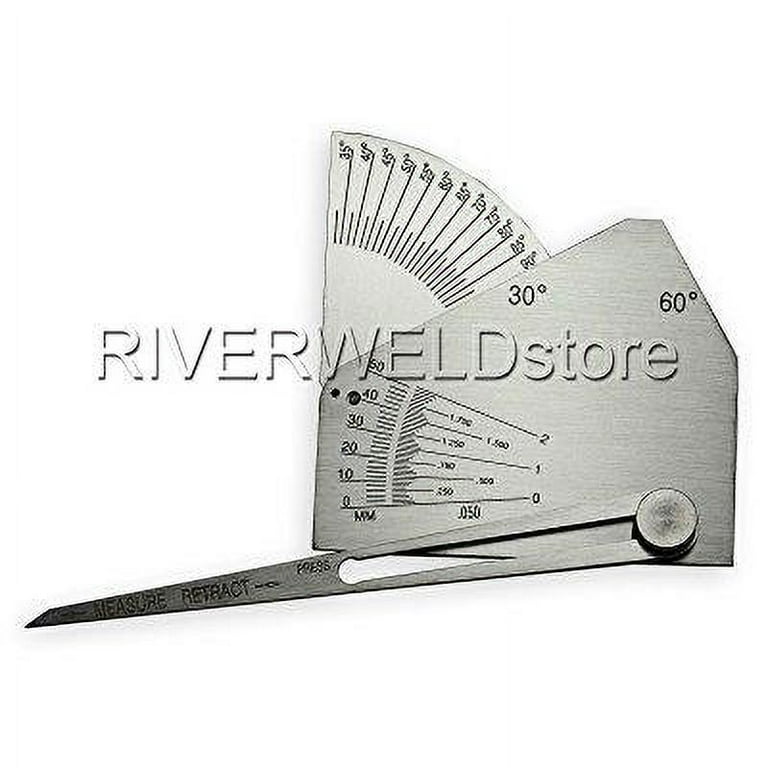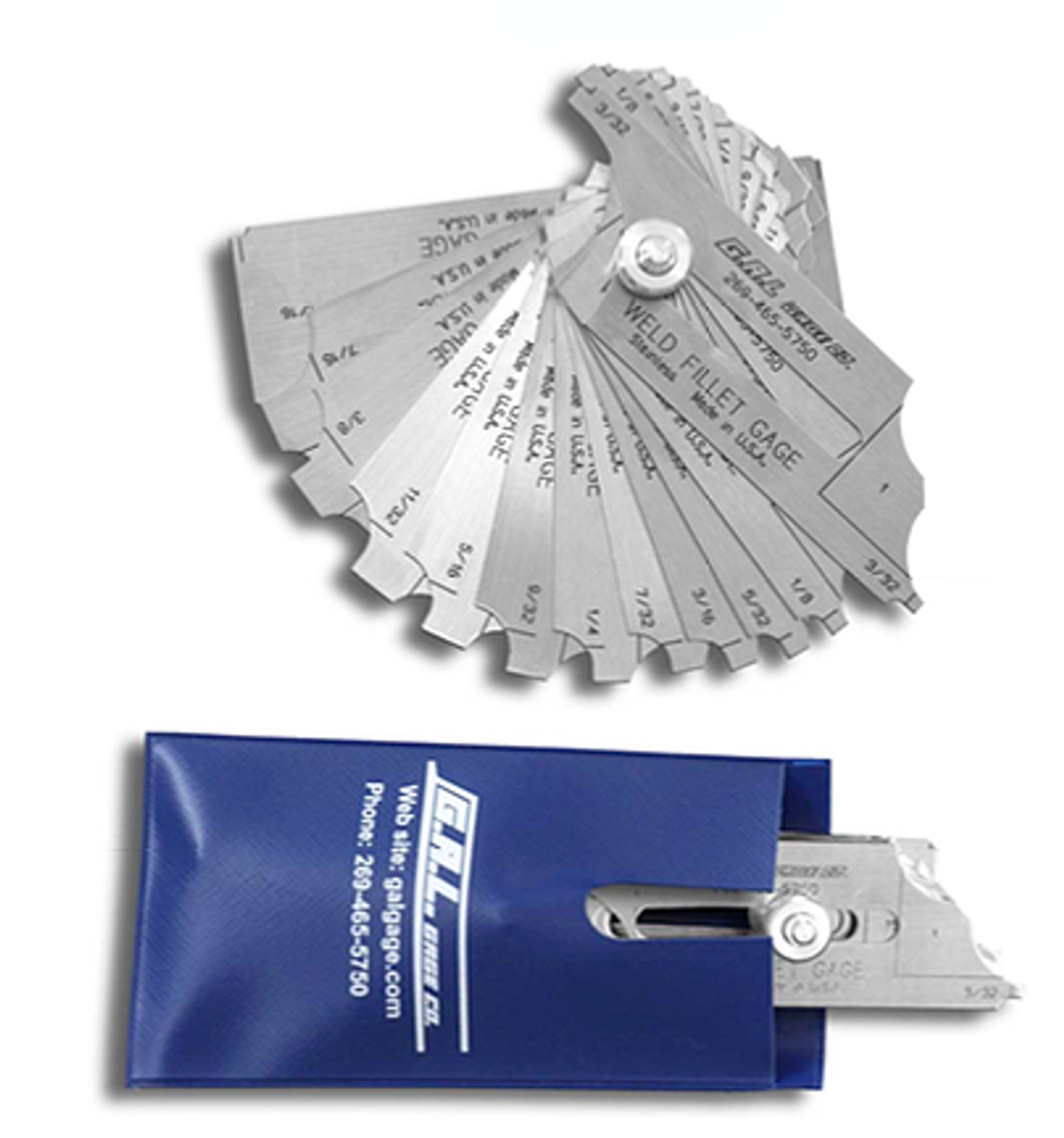Gauge Fillet Weld Specifications: Guaranteeing Top Quality and Compliance
Gauge Fillet Weld Specifications: Guaranteeing Top Quality and Compliance
Blog Article
The Ultimate Guide to Fillet Weld Quality Control: Making Sure Strength and Durability in Your Welded Joints
In the realm of welding, ensuring the toughness and toughness of fillet welds is critical for the integrity of bonded joints. As we get started on this exploration of fillet weld high quality control, we will certainly uncover crucial elements that affect weld toughness, dig right into effective examination methods, and go over techniques for stopping usual weld issues.
Value of Fillet Weld Quality Control
Ensuring appropriate fillet weld quality control is vital in ensuring the architectural integrity and longevity of welded components in different markets. Fillet welds are commonly used in structural steelwork, bridges, pressure vessels, pipes, and various other crucial facilities where the strength of the weld is crucial to general security and performance. Quality assurance steps such as aesthetic inspections, non-destructive testing, and adherence to welding treatments assist identify potential defects like lack of blend, insufficient penetration, damaging, or too much reinforcement.
Key Elements Influencing Weld Toughness
Achieving optimal weld strength calls for mindful consideration of various key variables that influence the stability and toughness of the bonded joint. The initial important factor is proper joint preparation, which involves cleaning up the base steels to remove any impurities that could damage the weld. In addition, the fit-up of the joint is necessary to guarantee proper penetration and fusion of the filler material.
The selection of the suitable welding strategy and criteria additionally plays a considerable duty in establishing weld toughness. Variables such as warmth input, traveling rate, and electrode angle can affect the quality of the weld. Furthermore, keeping the appropriate interpass temperature level throughout multi-pass welding is essential to avoid splitting and ensure a solid bond in between the layers.
Moreover, the selection of filler product and its compatibility with the base metals is critical for attaining high weld strength. Making use of filler product with the proper mechanical homes can boost the overall honesty of the weld. Lastly, post-weld heat therapy and proper assessment techniques are vital actions in guaranteeing the toughness and durability of the welded joint.
Assessment Approaches for Weld Stability

Another important examination method is fluid penetrant testing, where a fluid color is related to the weld surface area - Gauge Fillet Weld. The color seeps right into any type of surface-breaking problems, making them visible under UV light. This approach works for identifying flaws that might not show up to the naked eye


Ultrasonic screening is additionally commonly utilized for examining weld integrity. High-frequency noise waves are directed right into the weld, and any type of disturbances in the sound wave pattern show possible flaws like fractures or lack of fusion.
These examination read review approaches play an essential role in ensuring the quality and reliability of welds, inevitably adding to the total toughness and longevity of welded joints in commercial settings.
Protecting Against Common Weld Problems
In order to maintain the architectural integrity of welded joints in commercial applications, it is critical to carry out safety nets to address usual weld defects. One usual problem is lack of combination, where the filler product fails to bond sufficiently with the base steels, resulting in weak areas in the weld. This can be avoided by ensuring correct warm control and using the correct welding strategy.
One more frequent problem is porosity, triggered by gas entrapment in the weld steel during the welding procedure. To stop this, it is necessary to cleanse the base metals thoroughly, utilize dry electrodes, and keep an ideal welding environment with appropriate ventilation.
Furthermore, fractures in welds can jeopardize the useful reference joint's toughness. To prevent this defect, it is important to manage the cooling price after welding, use preheating when essential, and select proper welding criteria.
Enhancing Weld Durability With Proper Strategies
One important approach to boost weld longevity is to guarantee correct weld grain positioning. By placing the weld grain accurately within the joint, the weld's toughness and resistance to fatigue can be dramatically improved.
Picking the best filler steel and ensuring the sanitation of the base metals can stop additions and various other flaws that could endanger the weld's longevity. By applying these appropriate strategies, welders can guarantee that their bonded joints display exceptional toughness and durability, fulfilling the highest possible high quality requirements.
Verdict
Finally, maintaining excellent quality control criteria for fillet welds is crucial for making certain the toughness and sturdiness of welded joints. By recognizing the essential factors influencing weld toughness, using evaluation methods for weld stability, protecting against common weld problems, and employing correct strategies, welders can boost the total longevity of their welds. It is imperative to focus on quality assurance steps to create long-lasting and trusted welded joints.
In the world of welding, guaranteeing the toughness and toughness of fillet welds is vital for the integrity of welded joints. As we begin on this expedition of fillet weld high quality control, we will certainly reveal essential variables that influence weld toughness, delve right into efficient assessment techniques, and go over approaches for stopping common weld problems.Attaining ideal weld toughness needs mindful factor to consider of numerous essential elements that influence the integrity and durability of the welded joint (Gauge Fillet Weld).In conclusion, keeping high top quality control standards for fillet welds is crucial for guaranteeing the toughness and longevity of welded joints. By understanding the key factors influencing weld stamina, making use of assessment approaches for weld stability, protecting against common weld defects, and using appropriate methods, welders can enhance the total toughness of visit the site their welds
Report this page